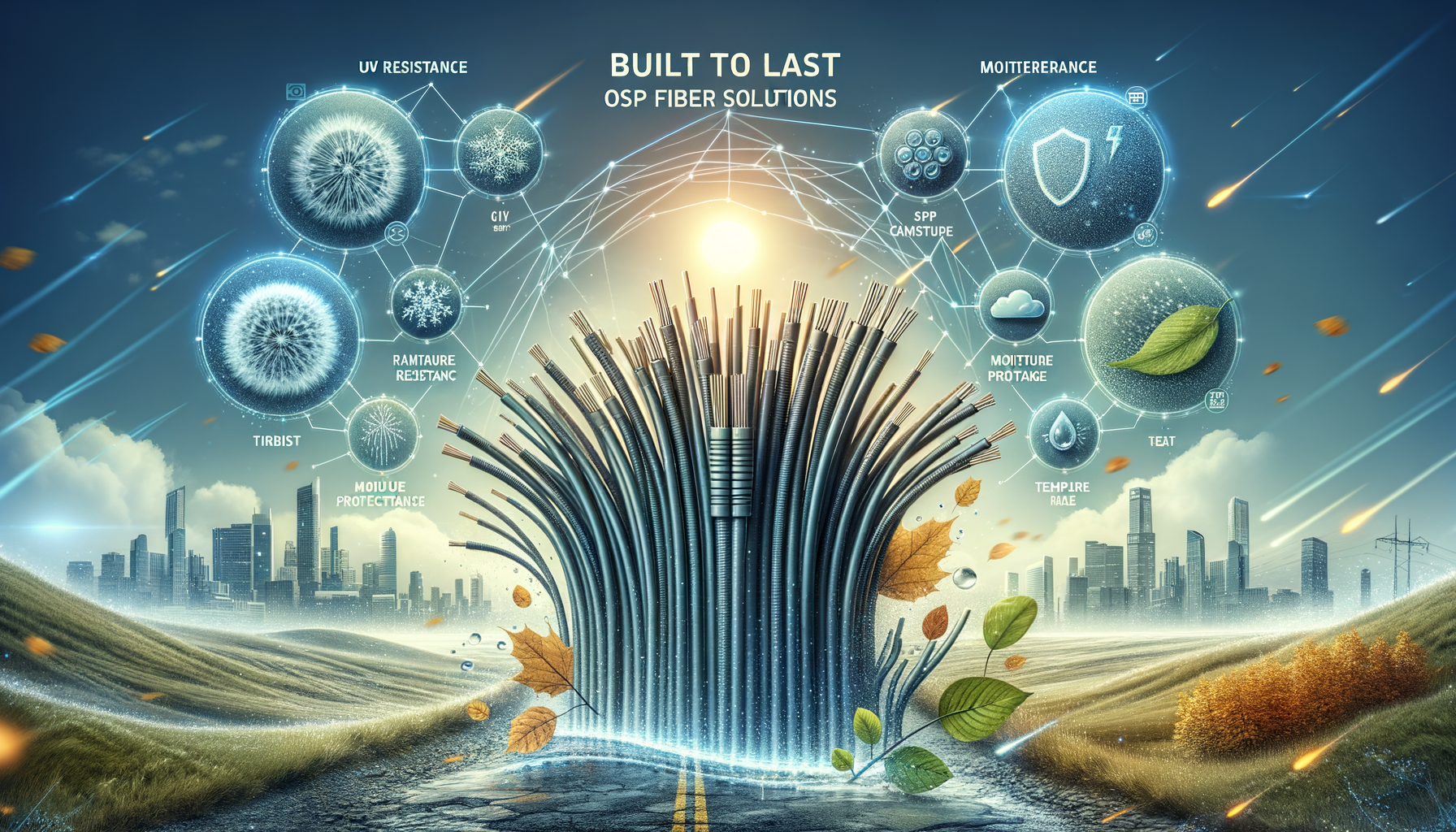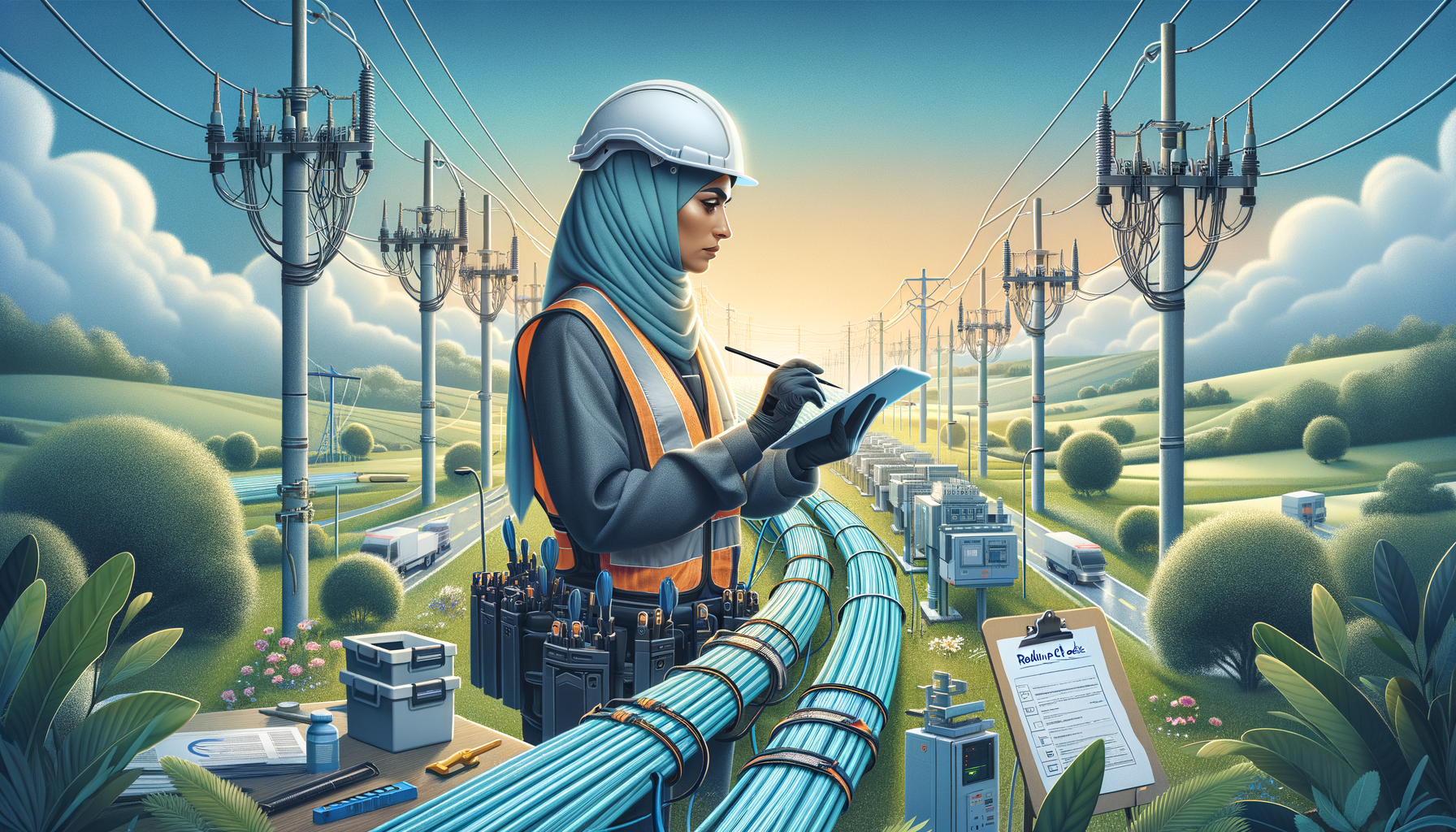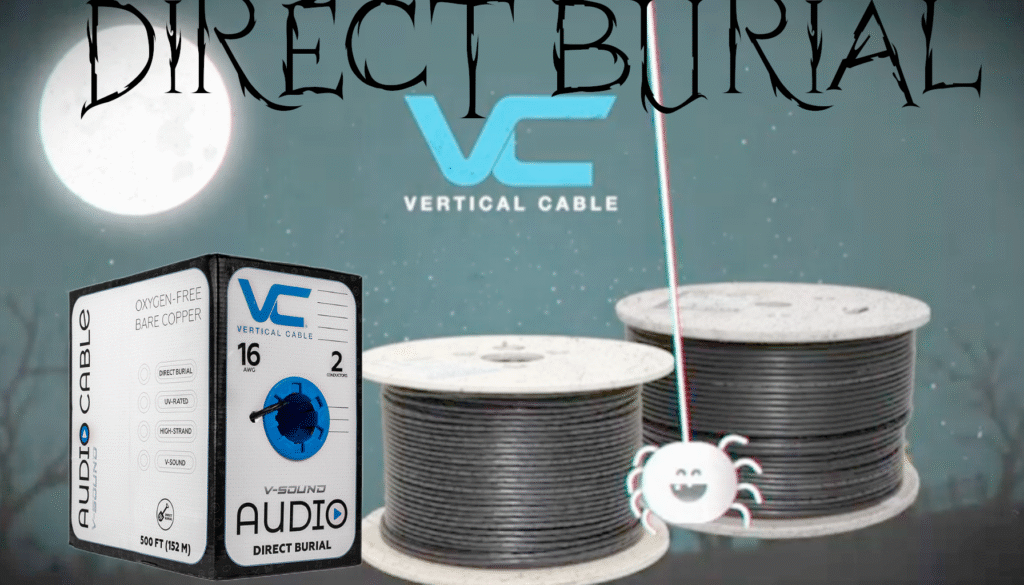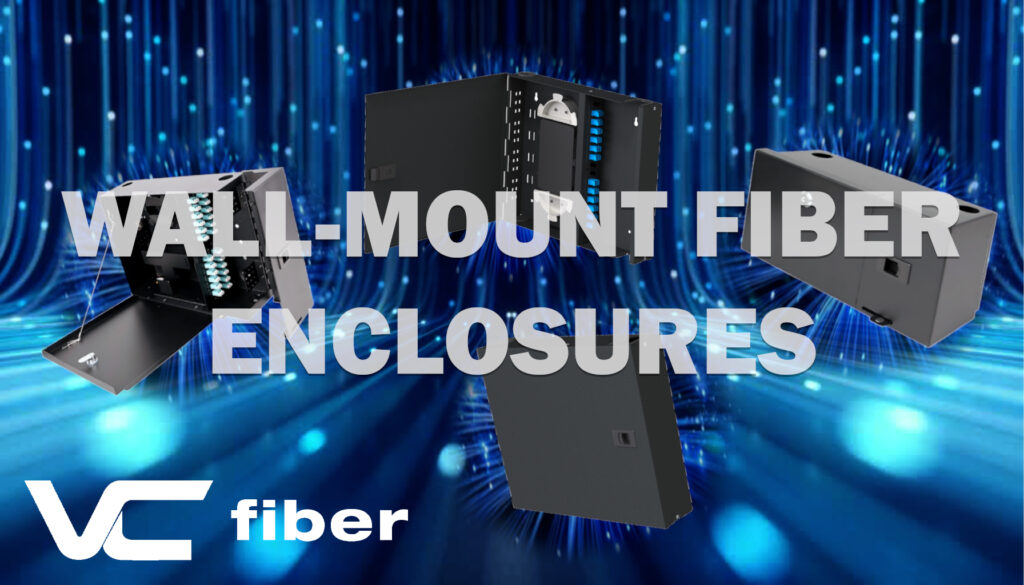OSP fiber solutions are essential for modern connectivity, offering reliable and high-performance options for outdoor applications. Outside Plant (OSP) fiber cables have emerged as a critical component in telecommunications and data transmission, providing robust solutions for a multitude of environments. As the demand for seamless connectivity grows, understanding the functionality and advantages of these fiber cables is more important than ever.
Understanding OSP Fiber Cables
Definition and Purpose
OSP fiber cables are specifically designed for installation outside of buildings, serving to deliver high-speed data and voice services over substantial distances. These cables are integral in setups like telecom networks, urban infrastructure, and enterprise applications, facilitating connectivity between various infrastructures. The purpose of these cables is not merely to transmit data; they are engineered to withstand diverse environmental conditions while maintaining signal integrity.
Types of OSP Fiber Cables
There are primarily two types of OSP fiber cables: singlemode and multimode fibers. Each has unique characteristics and applications that make them suitable for different uses.
- Singlemode Fiber: Characterized by its small core size (typically 8-10 micrometers), singlemode fibers allow data to travel longer distances with less signal loss, making them ideal for long-distance telecommunications.
- Multimode Fiber: With a larger core (50 or 62.5 micrometers), multimode fibers are suited for shorter distances and high-bandwidth applications, such as in company networks where data doesn’t need to travel vast distances.
Additionally, OSP cables often feature specialized jackets and sheaths with UV-resistant and water-blocking properties to enhance their resilience against harsh environmental factors.
Comparison of Singlemode vs. Multimode Fiber
| Feature | Singlemode Fiber | Multimode Fiber |
|---|---|---|
| Core Diameter | 8-10 micrometers | 50-62.5 micrometers |
| Distance Capability | Up to 40km or more | Up to 300 meters |
| Cost | Typically higher | Generally lower |
| Light Source | Laser | LED |
Key Features and Benefits of OSP Fiber Solutions

Durability and Protection
One of the standout aspects of OSP fiber solutions is their durability. These cables are built to resist various environmental factors, including UV rays, moisture, and temperature fluctuations. The robust construction of OSP fiber cables translates into a long lifespan, ensuring that organizations can depend on them, even in the toughest outdoor conditions. Some features that contribute to their durability include:
- Water-blocking sheaths: Prevent water ingress that can cause signal degradation.
- PVC and LSHF materials: Use of materials that resist UV damage and can handle extreme temperatures.
- Armored designs: Provide additional protection against physical damage from rodents or construction activities.
High Performance
OSP fiber cables offer exceptional data transmission capabilities, boasting high bandwidth advantages and low attenuation rates. The result is reduced signal loss, which is crucial for applications requiring high performance, such as data centers or video streaming services. The advantages such as low latency and high data rates allow organizations to achieve outstanding performance, meeting their operational needs effectively. OSP fiber solutions are pivotal when businesses strive for faster and more reliable connections to support cloud computing and high-capacity data applications.
Installation and Maintenance Considerations
Installation Best Practices
Proper installation of OSP fiber cables is crucial for optimal performance. Technicians must utilize appropriate techniques and possess the requisite tools and equipment for laying and terminating fibers. Some best practices include:
- Following industry standards: Adhering to guidelines set forth by organizations like BICSI ensures quality installation.
- Cable handling: Proper management of the cable during installation prevents unnecessary bending and physical damage.
- Documentation: Keeping records of cable routes and connections helps in easier future maintenance and troubleshooting.
Ongoing Maintenance and Troubleshooting

Routine checks and monitoring are paramount for maintaining the integrity of OSP fiber cables. Engaging in proactive maintenance helps identify common issues, such as signal loss or physical damage to the cables. Recommended maintenance practices include:
- Regular inspections: Check for physical damage, and ensure that connections remain secure.
- Testing with OTDR: Optical Time Domain Reflectometer (OTDR) testing can help identify faults in the fibers.
- Using monitoring systems: Implement systems to alert technicians of performance drops or outages.
Resources like the BICSI can provide valuable guidelines for effective maintenance practices.
Future Trends and Innovations in OSP Fiber Solutions
Advancements in Technology
As technology continues to evolve, OSP fiber solutions are also undergoing enhancements in materials and design. Emerging technologies, such as Photonic Integrated Circuits (PICs) and advanced fiber optics, play a crucial role in optimizing these cables. Innovations in fiber manufacturing, such as bending-insensitive fibers, will continually redefine what’s possible, improving connectivity in urban and rural setups alike. The integration of these new technologies supports the ongoing expansion of 5G networks and smart city applications, enabling faster innovation in other sectors.
Market Outlook
The demand for OSP fiber solutions is expected to rise significantly due to increasing reliance on high-speed internet and data services. Factors driving this demand include:
- Expansion of Internet and Cloud Services: The proliferation of cloud computing necessitates robust infrastructure.
- Smart City Initiatives: Investments in technology for efficient urban living increase the need for reliable fiber connections.
- Telecom Upgrades: Providers are upgrading to meet consumer demand for faster data services.
This burgeoning market presents numerous opportunities for businesses and consumers alike, shaping how societies communicate and interact. Predictive analytics and market trends indicate robust growth in this sector, making OSP solutions pivotal for future connectivity. For further understanding of market trends, check out this detailed analysis on BICSI and explore related topics on connectivity.
In conclusion, OSP fiber cables are not just assets for telecommunications; they are the backbone of our increasingly interconnected society. As we look ahead, the evolution of OSP fiber solutions will continue to pave the way for advancements in connectivity technologies, ensuring robust, high-speed data transmission remains at our fingertips. For more detailed insights, consider exploring related resources on Understanding Coaxial Cables and High-Speed Connectivity.


